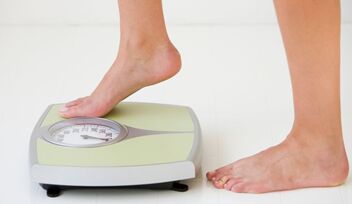怎样做才能吃不胖?
|
Is this promise the Holy Grail for dieters? Eat as much as you want and still keep on losing weight? Can you believe it - after all these years of gurus advocating abstinence in some form or another? Here are two secrets I can share with you. First, eat mainly low GI foods (LGI) and second, eat as much of them as you can in preference to high GI (HGI) foods. High GI foods are energy-dense and release their energy quickly so you feel hungrier sooner. Low GI foods are less energy-dense and release their energy slowly so you feel satisfied for longer. Leeds University researchers have found that bigger portions (rather than smaller) of "lower energy-dense" foods, such as vegetables, lean meat and rice, made participants feel less hungry, despite consuming fewer calories.
Consequently, they lost almost twice as much weight as people following a diet of only 1,400 calories per day. For 14 weeks, the study group followed a Slimming World eating plan of low energy-dense foods, including fruit, vegetables, lean meat, fish, pasta, rice, pulses, eggs and fat-free dairy products, while attending weekly weigh-in groups. A control group followed an NHS diet restricting calories to 1,400 calories a day, plus online advice and a support forum. The Slimming World group lost on average 5.8kg, compared with 3.3kg for the calorie counters. Importantly, the Slimming World group reported that they felt more in control of their food choices, and were more motivated to continue. Nicola Buckland, lead researcher, said: "A lot of people give up on diets because they feel hungry between meals. Our research shows that eating low energy-dense foods can help overcome that problem. "Gram for gram, low energy-dense foods contain fewer calories than high energy-dense foods, so people are able to eat a larger volume of food for the same, or lower, calorie intake, leading them to feel much fuller." |









